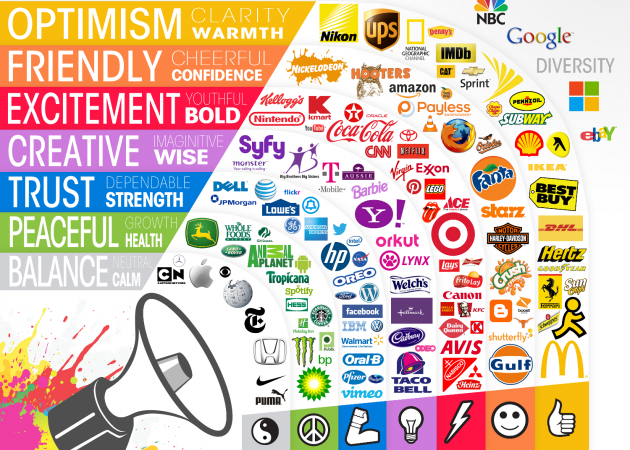Nowadays, UX designers have to deal with customers that belong to multiple ethnic groups with very different cultures. So, you are more likely to design for Indian, American, Japanese, French, Chinese, German, and all sorts of nationalities.
Therefore, it becomes more necessary to recognize that people from different cultures have different ways to looking at things and more different ways of dressing and expressing themselves, and this has a huge impact on UX too. Let’s see some of the ways, how culture affects UX.
Now You See Me
What’s the first thing you notice when you meet someone? Looks, right? It’s all about the looks or visualization in a web page too. Fonts, colors, and how images and content are arranged in tiles. The two most influential elements of visuals are symbolism and colors.

Colors play a very important role in culture. For example say, Arab women wear black all the time. It’s mandatory for them to wear that in their culture whenever they are coming in front of any person other than family. But at the same time, black is considered bad omen in Hinduism. And most of the time, black clothes are worn only during funerals or some sad occasions.
Similarly, Red is considered the color of passion in some parts of the world while taken as a symbol of danger for some others. So you have to be careful that the colors you choose for your website are culturally acceptable by the users whom you are designing for.
When a designer needs to develop a localised UX, it’s great if the design elements like logo, colours etc, can be designed according to the culture of that region. It builds a strong connection with the brand.
What do I do next?
Have you ever encountered a situation where you are surfing a website and you just don’t know where to find the desired options that you are searching for? Yes! We all had been there.
For any website or app, navigation and communication play a very important role in culture. Every individual will be having different ways and styles of communication. Our cultural difference has a huge impact on how we take in, how we go about a specific process. Say, how Arabs read and write from right to left, where most of the other languages are written from left to right. Let’s look at an example for this.
Coke website changes its design according to the country from the where the user is accessing.

Coke India

Coke Great Britain

Coke Middle East
Lemme just see what it is
How people look or perceive at specific things, vary according to the culture. For example, Indians greet other people with folded hands and a ‘Namaste’. On the other hand, Japanese bows in front of the person to greet them.
In the same way, there are differences in the way people analyse and think, across cultures. In Eastern part of the world, people tend to scan the whole screen before they move on to anything else. So when designing for such an audience, a designer should make sure the design has a strong background, which impresses them at one single glance. While in the West, they tend to focus on one single design element at first and then form a decision.
Is it Possible?
Designing a localised UX based on culture and traditions, require a lot of patience and research. Here are some points to keep in mind:
- Understand and analyse the colors used in each culture, they are not just designed symbols. They are also symbols that stand for a culture.
- Understand how the local people use metaphors with their culture, their norms and values and how people relate to it.
- Since the culture influence your user’s perception, try to understand their needs and design accordingly.
- Images have different significance for different cultures, you can be really comfortable using a few images, but others might find it uncomfortable, so use it wisely.
Understanding your audience on how they perceive different design elements such as colors and symbols will automatically build an emotional connect that makes user stay to your site.
Image Source 1
